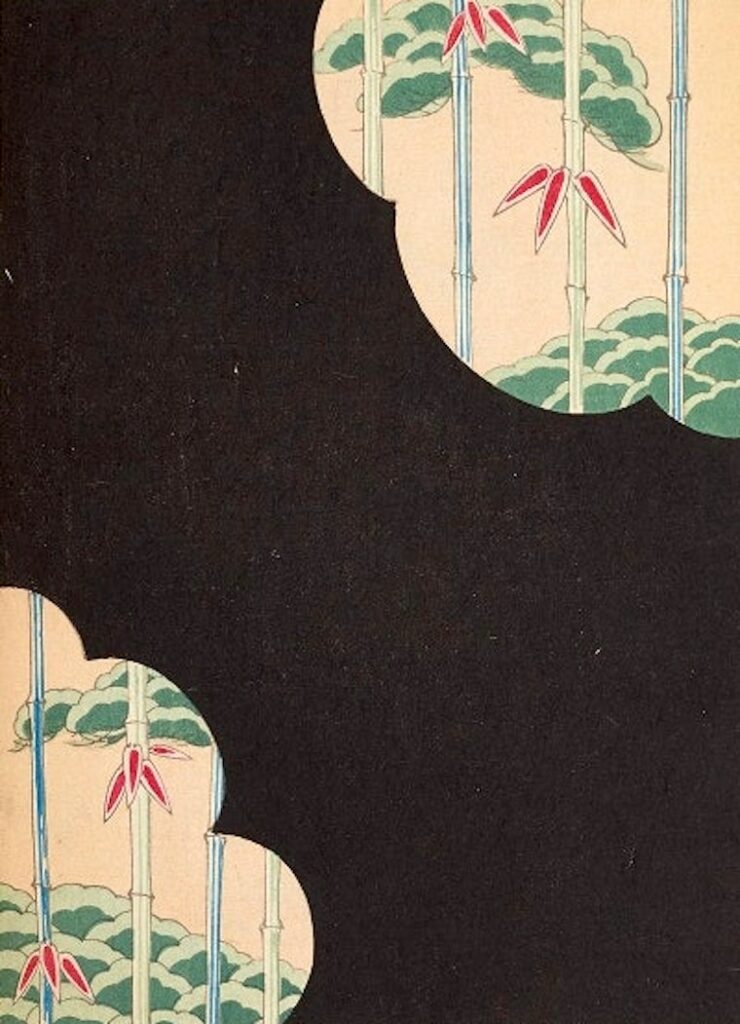
We believe that the internet must serve our collective liberation and ecological sustainability. We want the internet to help us dismantle the power structures that delay climate action and for the internet itself to become a positive force for climate justice.
Branch magazine is a space for personal reflection, critical engagement with technology and internet economics, as well as experimentation and storytelling. It is an online magazine written by and for people who dream of a sustainable and just internet.
Creating change requires all kinds of practices—art and design, professional development, civic participation, policy and advocacy, imagination and positive visions for our future. This magazine is our small attempt to gather what inspires and challenges us and to publish that in the open.
We invited 25 wonderful people to share how they understand the climate impact of technology and how we might change it for the better. In this magazine, you will hear from internet professionals—developers, designers, managers, executives, educators, policymakers, funders and artists—describe how they are greening their daily professional practice. You will see that there are very direct actions, such as switching computation to run on renewables. Yet there are deeper, systemic ways to green the internet that you will also find described here, and it is this practice that we seek to cultivate.
For deeper change to happen, internet professionals must understand the underlying structural issues of the climate crisis and its inequalities. We must go beyond tech solutionism and towards intersectional climate justice work. We strive to connect sustainability to root causes and to inequalities experienced at different intersections—gender, race, class, ability, and so on.
Going forward we see the need to more develop interdisciplinary practices and tools for greening the internet. Mentorship and collaboration play a key role, as does supporting technologists on their climate journeys and closing the gaps in climate justice and digital rights efforts.
The Making of Branch: GOLD principles
In the making of Branch, we wanted the website itself to live up to the dream of a sustainable internet. We know that technology isn’t neutral, and therefore we set out to embed the values of a more sustainable, just internet into the website design and development.
We were inspired by frameworks for inclusive design and accessibility, such as POUR (perceivable, operable, understandable, robust) in the WCAG guidelines. For the Branch website, the qualities we sought were Green, Open, Lean, and Distributed, or GOLD.
Here’s how we broke down GOLD for making an online magazine. We think it can be adapted for other digital products as well.
Green
Green refers to green energy and the carbon emissions from burning fossil fuels. We thought through the digital supply chain: from the site running on servers powered by green energy, to adapting what we send over a network, to designing for the widest range of devices, and reducing the need to run on newer hardware.
Open
Open in this context refers to a cultural practice beyond a software license. We share the site’s source code on Github, and we also chose to use WordPress because we know that more than a quarter of the web runs on WordPress. We teamed up with experts in the ClimateAction.tech community with prior work in this domain, like the author of wp-susty, to make the approach we took easier to emulate on other sites without needing to be a specialist developer.
Most the content is licensed under the permissive Creative Commons Attribution 4.0 license, and we sourced many of our images from public domain archives and other open image pools. We also chose an open license to make it easier for the ideas in this magazine to be copied and modified across other nodes of the internet. We hope this gives the content a resiliency long after this website is forgotten.
We also wanted to be open and transparent about physical resources required to use digital services, which is why we foreground grid intensity on the website. By exposing the materiality of the internet and the intermittent patterns of renewable energy, visitors to the site can see how the website changes in response to the amount of renewables on the electricity grid.
Lean
Lean is an acknowledgement that even when we use green energy, there is still an unavoidable environmental impact to most digital activity. Our decisions of what to build matter, and so we chose to tread lightly. While lean here refers to avoiding needless waste, at the same time, like in healthy ecosystems, it is critical to keep some slack in the ecosystem and to stay flexible and adaptable to outside changes. Otherwise, if we obsess over efficiency above all else, we can end up in a brittle, hyper-optimised state. Or we end up cutting out features and media so intensively that we remove much of what makes the internet fun to begin with.
Distributed
Distributed refers to both geographical and temporal shifts of activity. We designed the website to be easy to cache and distribute across a content delivery network. Furthermore, visitors can time-shift more energy intensive activities, such as downloading heavy media files, to happen when there’s greener electricity available.
We hope you enjoy this first issue of Branch magazine. Thank you for reading!
About the authors
Michelle Thorne is interested in climate justice and a fossil-free internet. As a Senior Program Officer at the Mozilla Foundation, Michelle leads a PhD program on Open Design of Trust Things (OpenDoTT) with Northumbria University and several art and research initiatives as an Environmental Champion in Mozilla’s Sustainability Program.
Chris Adams is a co-organiser of the online community Climate Action.tech, and co-founder of greening.digital, a consultancy specialising in helping digital teams, build greener digital products and services. He joined the Green Web Foundation in 2019 to lead their energy, open source and open data initiatives.

